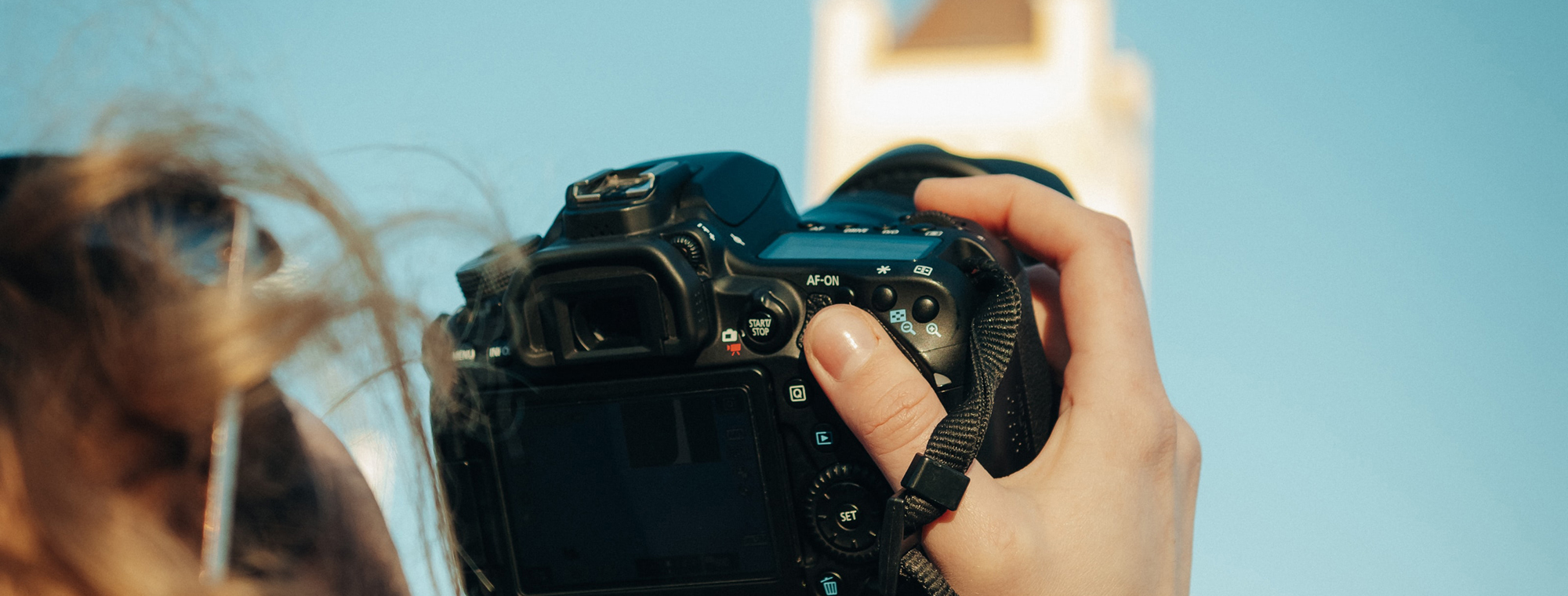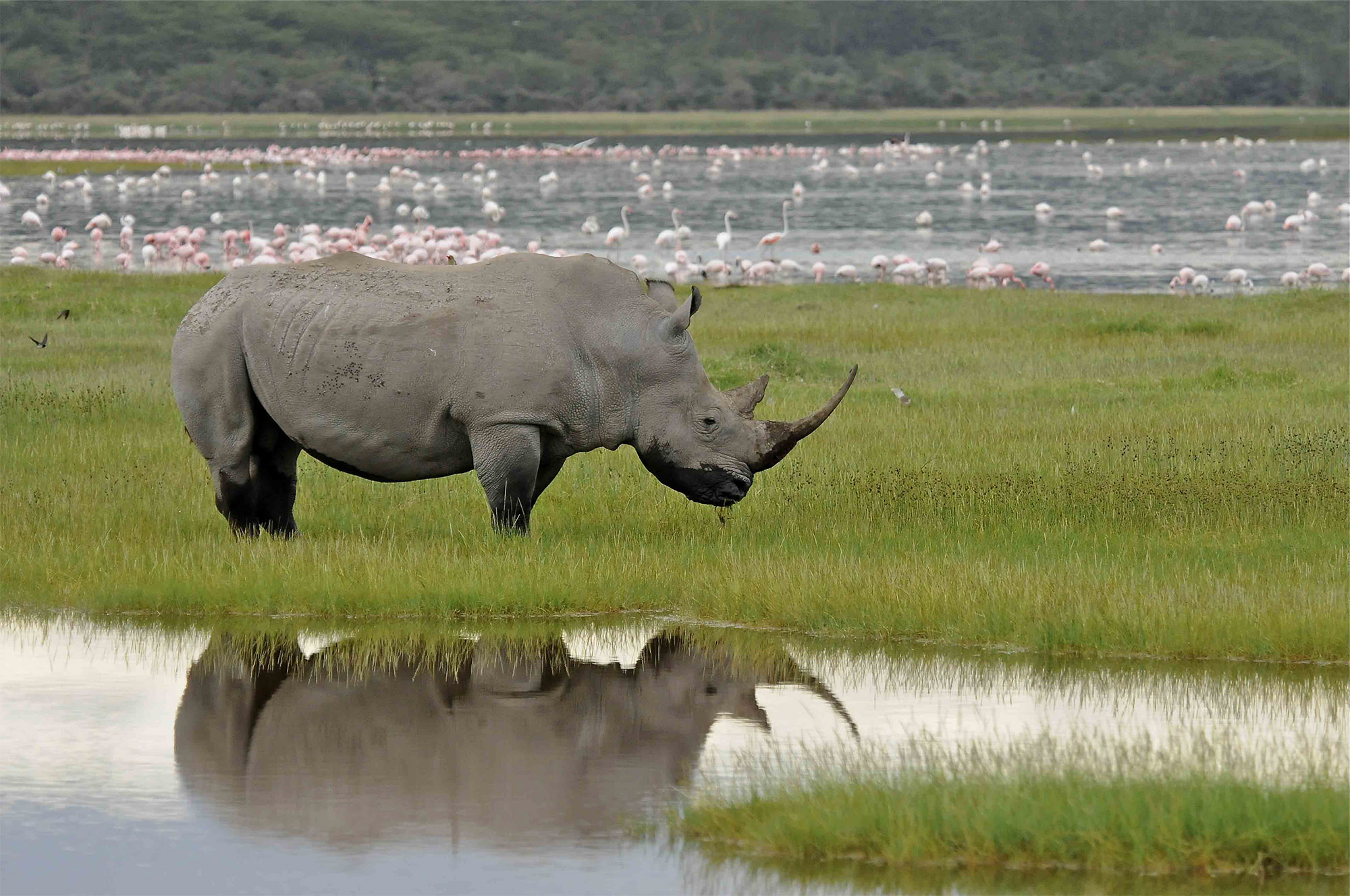Travel Photography
Tips & Tricks

Take the Best Travel Photos With a DSLR Camera or Cellphone
There's something about travel photos that can bring us right back to the time and place of the shots. It doesn’t matter what kind of camera you use on vacation. You can bring home amazing photographs to show off to family and friends.
There are iconic travel photos that all travelers want to take - posing in front of the Leaning Tower of Pisa, standing atop the Great Wall of China, the Taj Mahal at sunrise, the Eiffel Tower, Machu Pichu, the list goes on. That's because the stunning photographs you bring home are almost as good as the memories you made traveling. But that doesn’t mean you can simply point and shoot to capture the radiant Northern Lights of Iceland, the magnificent sunsets of Hawaii, and the awe-inspiring Stonehenge.
When you're looking to take the best travel photos, you’ll want to put some thought into angles, layers, and framing. Here are a few tips that can help you snap the most compelling images during your getaway.
Embrace the Rule of Thirds
Your camera or phone likely will have a setting to create a nine-box grid in the viewfinder. Turn that on to make it easier to apply the Rule of Thirds when framing your shot. The principle divides an image into thirds, vertically and horizontally. The grid lines' intersecting points are where your eyes are naturally drawn when you first view an image. Placing your subject, whether it’s a person, building, or landmark, at those points is a good compositional technique. You can put this principle to use with landscape photography in the foothills of the Rockies or evocative scenes of Umbria and Tuscany by placing the horizon on the lower third of the image rather than directly in the middle.

Research Local Etiquette
Every culture feels differently about privacy. Most people may not want you to take their photo without their permission. Research your destination and learn about the local culture and customs so you can prevent any potentially offensive situation or misunderstanding. Some places might even charge a photographer’s fee so you can shoot images freely within a designated area.
When on an African safari, it's crucial to make sure to disable geotagging on all your devices. Posting locations of wildlife can attract poachers, which is probably the last thing you want. Learn more about Taking Photos on an African Safari.
Think in Layers
There are three layers to any space: the foreground, middle ground, and background. Consider all three when composing your photo. If you’re taking a photo of the Pyramids of Giza, think about how you could place them in the middle-ground or background of the photo with the Egyptian desert taking up the foreground. Using layers, like the foreground or background, helps add depth, providing context and a sense of scale for your photo’s subject.
Draw Focus to the Main Attraction
Roads, hiking trails, rivers, vineyard rows, and fences are some great features that can be used as "leading lines" when framing your shot. The idea is to use these naturally occurring lines to draw a viewer’s eye to your photo's actual subject. If you’re photographing a windmill in Holland, you could use the rows of a tulip field to lead your viewer right up to the windmill, just like your driveway leads to your home.
Frame a Subject
Framing also uses features of your setting. This compositional technique draws attention directly to your image's subject by "framing" it. Windows, tree branches, doorways, gates, flowers, and bridges can all be used as framing devices. Whatever you choose, it should be in the photograph's foreground and create a natural "frame" around the subject in the middle ground or background. While touring the Greek islands, try framing your subject with pillars or looking through an ancient wall.
Think Outside the Box
Locations such as the Eiffel Tower and Leaning Tower of Pisa have been photographed millions of times. These sites are definitely photo-worthy but don’t settle for the same angle that you’ve seen before. Put your own spin and unique perspective on these destinations. Test different angles and lenses until you take a photo that excites your muse.









